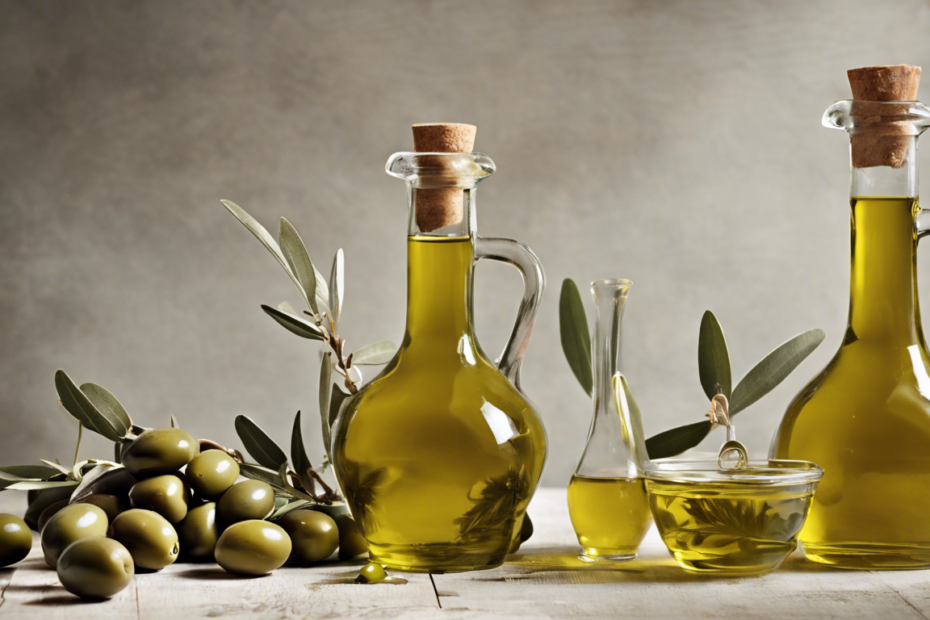If you’re a fan of cooking or simply enjoy drizzling a little extra flavor on your meals, then you know not all olive oils are created equal.
From rich, fruity oils to robust, peppery options, the source of your olive oil can make all the difference.
In this guide, we’ll explore the various grades and types of olive oil, highlight the top regions known for producing quality oils, and give you some handy tips for selecting the best olive oil sources for your culinary adventures.
